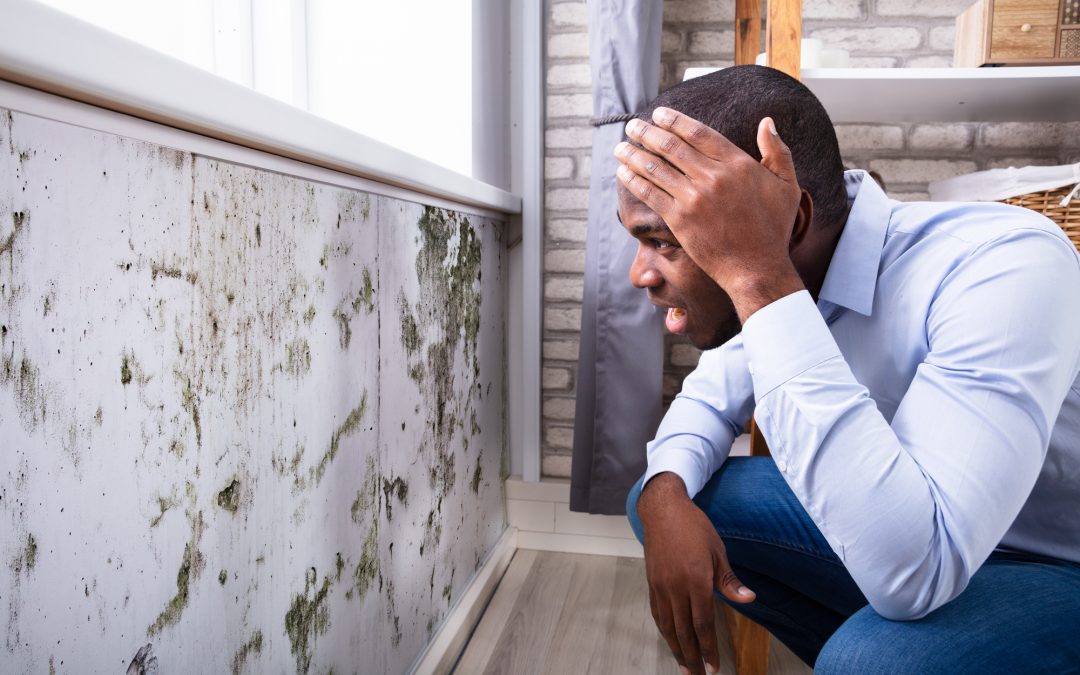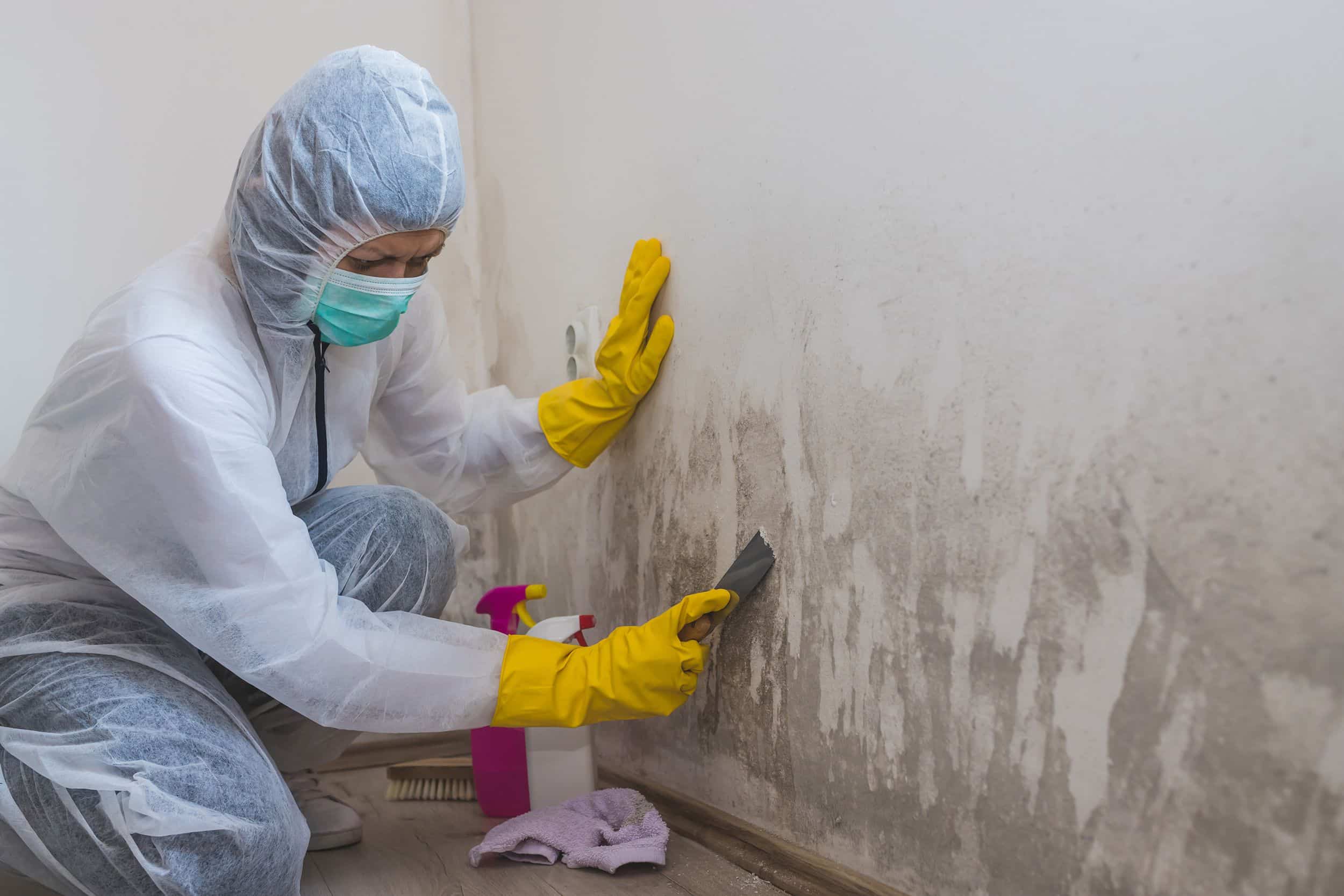Comprehensive Post Mold Remediation Procedures
Comprehensive Post Mold Remediation Procedures
Blog Article
Secret Tips for Successful Post Mold Remediation
Efficiently finishing mold and mildew remediation is a multifaceted procedure that requires focus to detail and adherence to specific protocols. These steps not just verify the success of the removal efforts however likewise add to preventing future mold growth.
Examination of Treated Locations
Upon conclusion of the mold and mildew removal procedure, a thorough inspection of the dealt with locations is important to make certain the effectiveness of the removal initiatives. This evaluation acts as a critical action in the post-remediation stage to verify that the mold elimination and clean-up procedures achieved success in removing the mold infestation and recovering a safe indoor atmosphere. The inspection must be conducted by certified experts that have the proficiency to assess the remediated locations diligently.
Throughout the examination, different variables are reviewed to determine the success of the removal procedure. These include aesthetic assessments to look for any type of indicators of mold and mildew growth or water damages, wetness degrees to verify that the area is free and dry of excess humidity that can promote mold re-growth, and air top quality screening to guarantee that the indoor air is safe to take a breath. Additionally, the evaluation might entail utilizing specialized devices such as wetness meters and thermal imaging electronic cameras to detect surprise mold and mildew or wetness pockets that might cause future mold issues if left uncontrolled. On the whole, an extensive examination of the treated areas is vital to verify the effectiveness of the mold removal initiatives and supply satisfaction to the owners of the residential property.

Moisture Control Measures
Efficient dampness control procedures are vital for protecting against mold and mildew development and keeping a healthy and balanced interior setting. To accomplish this, it is critical to address sources of moisture within the building. Proper ventilation is vital to managing humidity levels. Setting up exhaust followers in shower rooms and kitchens can aid remove excess dampness. Additionally, utilizing dehumidifiers in wet areas can help in reducing moisture degrees, making it harder for mold and mildew to grow.
Routinely maintaining the building and examining's outside can also stop wetness invasion. Post Remediation verification. Guaranteeing that seamless gutters are clear, downspouts direct water far from the structure, and the roof covering is in good problem can help stop water from leaking right into the building. Properly securing doors and home windows can likewise assist maintain dampness out
Any kind of leaks or spills ought to be cleaned up and dried out within 24-48 hours to prevent mold development. By carrying out these dampness control measures, the risk of mold reoccurring can be considerably lowered, creating a much healthier interior environment.
Correct Ventilation Evaluation
An important aspect of making sure a healthy and balanced interior environment post mold and mildew remediation is carrying out a complete evaluation of the air flow system. Appropriate air flow assessment plays a vital function in protecting against future mold development and keeping air quality within the affected area.
Additionally, analyzing the air flow system consists of examining the circulation of air throughout the area to determine any areas of bad circulation where wetness and contaminants can collect. Appropriate air flow not only assists in regulating moisture degrees but also help in removing airborne mold spores and other pollutants, therefore boosting general interior air quality. By addressing any kind of ventilation issues publish mold removal, homeowner can create a much healthier and much more comfy atmosphere for residents while reducing the danger of mold re-infestation.
Cleaning and Disinfection Protocols
To ensure detailed mold removal, careful adherence to particular cleansing and disinfection protocols is crucial. Cleaning and disinfection protocols play an important duty in the post-mold removal stage to avoid the reappearance of mold and mildew growth and make certain a healthy and safe setting.
After the initial cleansing, detailed sanitation of the affected locations is necessary mold removal salary to kill any type of continuing to be mold spores and hinder their proliferation. This action is essential in avoiding the spread of mold and mildew to other components of the home. In addition, applying preventive procedures such as using mold inhibitors and preserving correct air flow can help reduce the risk of future mold invasions. By adhering to stringent cleansing and disinfection methods, building owners can make sure the effective removal of mold and develop a healthy and balanced indoor environment for occupants.
Monitoring and Maintenance Plan
Applying a normal surveillance and maintenance plan is important for making certain the long-term performance of mold removal initiatives. When mold remediation is finished, it is essential to establish a tracking timetable to assess the success of the remediation procedure.
Furthermore, establishing a maintenance strategy is vital to preventing future mold and mildew issues. Regular maintenance not just aids in stopping mold but also contributes to preserving a healthy and balanced indoor atmosphere - Post Remediation verification.
Conclusion
Finally, effective article mold remediation involves complete assessment of treated areas, implementation of dampness control steps, assessment of correct air flow, adherence to cleaning and sanitation protocols, and facility of a tracking and maintenance strategy. These vital steps are necessary to make certain that mold growth is effectively removed and prevented from reoccuring in the future. By adhering to these standards, property owners can preserve a secure and healthy setting for occupants.
Upon conclusion of the mold and mildew remediation process, an extensive inspection of the dealt with areas is critical to guarantee the effectiveness of the removal efforts. These consist of visual evaluations to examine for any kind check of indicators of mold and mildew growth or water damages, wetness levels to validate that the area is completely dry and totally free of excess humidity that might advertise mold and mildew re-growth, and air high quality screening to ensure that the interior air is risk-free to breathe. Additionally, the examination may involve using specialized devices such as moisture meters and thermal imaging cameras to spot hidden mold and mildew or wetness pockets that could lead to future mold and mildew problems if left unchecked. By addressing any type of ventilation concerns post mold removal, building proprietors can develop a much healthier mold removal bombs and a lot more comfy setting for residents while minimizing the risk of mold and mildew re-infestation.

Report this page